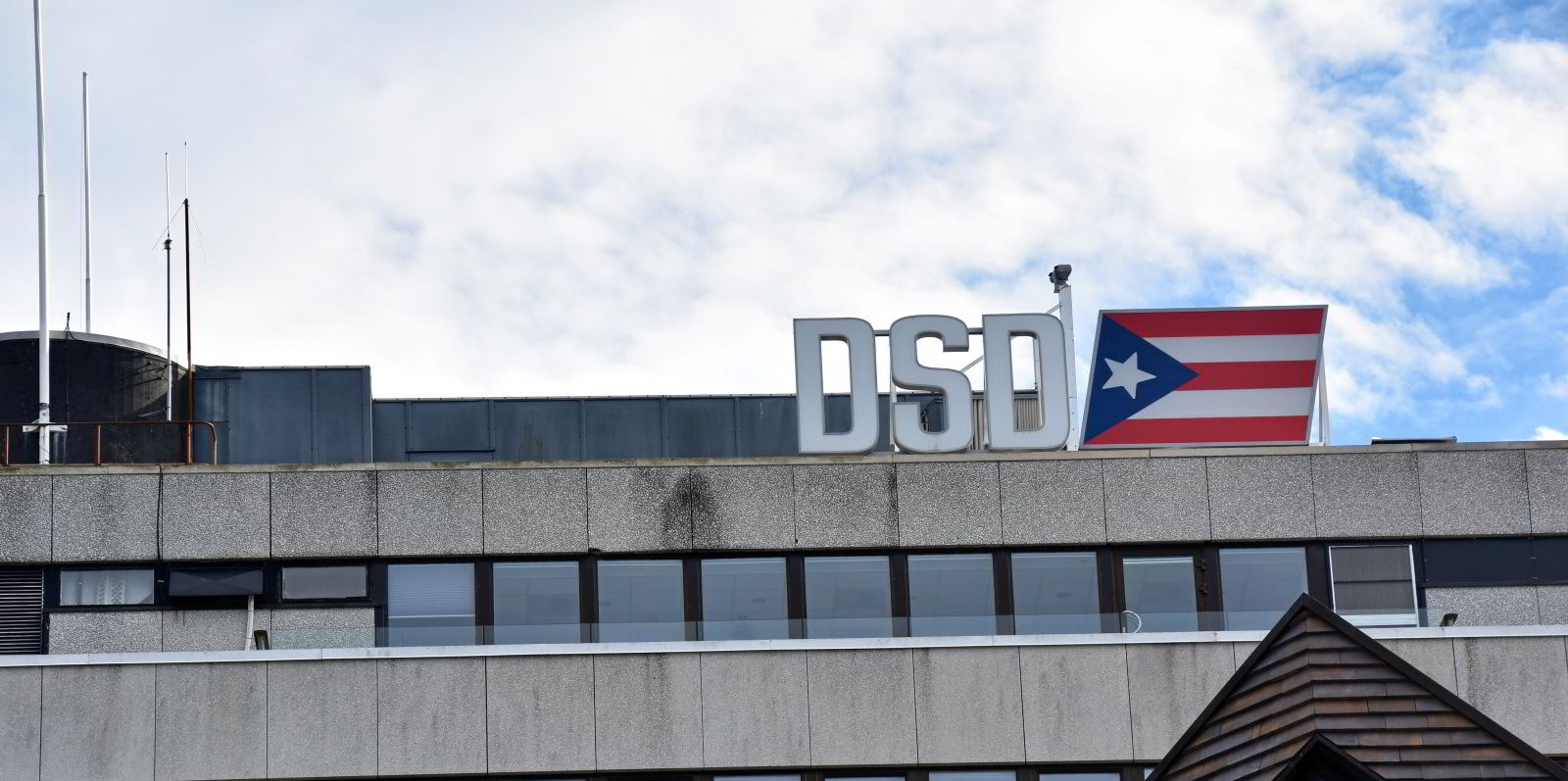DSD Shipping has sold a third aframax tanker this year as part of the Norwegian owner’s fleet-renewal efforts.
Chairman and chief executive Ingvald Loyning confirmed to TradeWinds that the 106,000-dwt Stavanger Blossom (built 2007) was disposed late on Thursday.
“Unfortunately, we cannot say anything about the price and who the buyer is,” he said.
VesselsValue estimates the non-scrubber ship is worth nearly $16.3m.
The Stavanger Blossom had been previously trading in the Teekay aframax pool.
DSD, part of Yuhong Hermansen’s Det Norske Dampskibsselskab, earlier offloaded the 105,000-dwt Stavanger Bliss (built 2008) for $19.5m. The buyer’s identity is unknown.
Separately, the owner sold the 105,000-dwt Stavanger Eagle (built 2009) to Coral Shipping of Greece for 18.5m.
The 105,000-dwt Stavanger Falcon (built 2009) is now the only remaining aframax in its fleet.
All of the four vessels were constructed by Japan’s Sumitomo Heavy Industries.
This year’s sales came after DSD took delivery of four scrubber-fitted MR product tankers from Hyundai Vietnam Shipbuilding in 2019 and 2020.
Those are the 49,999-dwt Stavanger Pioneer (built 2019), the Stavanger Pearl, the Stavanger Poseidon and the Stavanger Pride (all built 2020).
Buoyant trade
The secondhand tanker market has been busy in recent weeks despite spot earnings in most segments remaining in the doldrums.
TradeWinds reported that Brave Maritime agreed to acquire the Japanese-controlled, 104,600-dwt Capricorn Voyager (built 2007) for about $16.5m.
Brokers said Maran Tankers Management disposed of the 332,000-dwt Maran Carina (built 2003) for somewhere between $24m and $24.9m.
The Angelicoussis group company has sold a total of seven VLCCs since last November, all of which were constructed between 1999 and 2003, according to VesselsValue.
Some market sources believe that secondhand prices are supported by a forecast rise in tonnage demand from summer, firm demolition rates, and healthy buying appetite from players involved in risky trades.
“Prices are not bad for crude tankers built in the 2000s, even slightly firm lately,” one source said.
“I think this is purely based on the expectation that the [freight] market will pick up from summer, with vaccination and economies reopening.”






